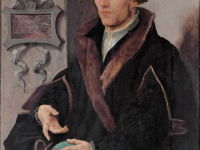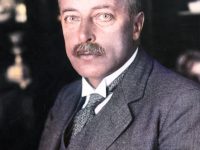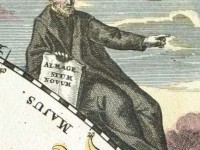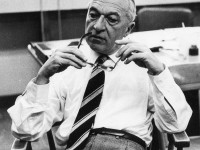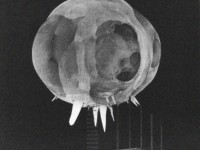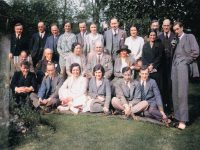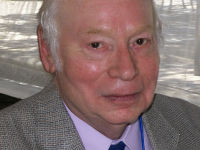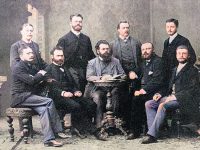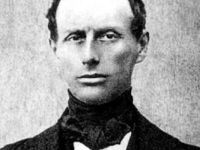The Most Accurate Instruments of Gemma Frisius
On December 9, 1508, physician, mathematician, cartographer, philosopher, and instrument maker Gemma Frisius was born. He created important globes, improved the mathematical instruments of his day and applied mathematics in new ways to surveying and navigation. Gemma Frisius – Youth and Education Gemma Frisius was born Jemma Reinierzoon in Dokkum, Friesland, a coastal province in northern Netherlands, of poor parents who died when he was young. His nom de plume Gemma Frisius is a…
Read more

